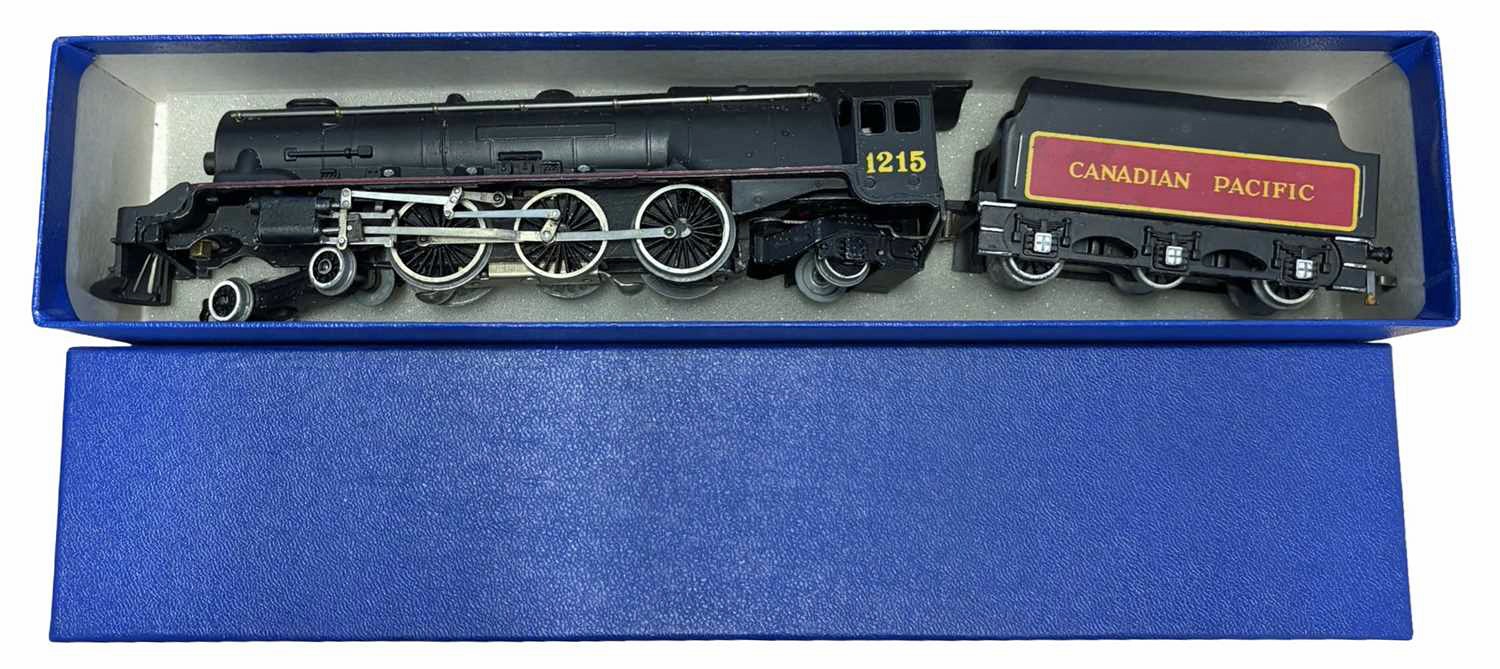

01/09/2025 General News
Every Christmas we experience the toy industry’s marketing hype, as it attempts to create demand for the latest craze, manipulating supply to ensure that parents feel under pressure to purchase the perfect gift for their children so they won’t feel left out, writes Emily Turner. How often do those same ‘next big things’ quickly become yesterday’s forgotten fad?
One type of toy, though, has remained wildly popular for nearly 200 years: model railways. The first examples were clockwork ‘carpet railways’ in the early Victorian era, but it was the introduction of electric model locomotives at the start of the 20th century which really laid the foundations for generations of boys – and it still is mainly boys – to fall in love with the concept of having their own railway on the bedroom floor.
The consignment of three massive collections to our September Vintage and Modern Toys Sale demonstrates that it’s not just children who are captivated by model railways; there is a thriving community of adult collectors who are driving a vibrant market for model railways of all vintages in the saleroom.
In this country, perhaps the best known manufacturer of model railways is Hornby. The company was originally founded in 1901 by Frank Hornby to market his other great invention, Meccano; The first model train, a clockwork ‘O’ gauge locomotive wasn’t launched until 1920.
‘O’ gauge trains – at a scale of 1:48, required large spaces, and it was the introduction of the more compact ‘OO’ gauge (at 1:76 scale) in 1938 which really set Hornby on the track to success. Marketed under the ‘Hornby Dublo’ brand, and adopting 12V DC as the standard power source, the two decades after the War saw Hornby at its pomp (the firm was bought by Tri-ang in 1964), and it is models from this era which are most sought-after by collectors.
Perhaps the ‘second revolution’ in model railways was digitisation. The first digital controllers appeared at the end of the 1980s, and – just as Hornby had done in 1938 – a new standard was created which has endured, the Digital Command Control (DCC) system which was largely developed by German manufacturer Märklin.
We tend to think of model railways as a uniquely British pastime, but as the evolution of DCC shows, it is far from that. German manufacturers such as Bachmann and Märklin, Italian firms such as Rivarossi and Roco, and even Japanese producers like Zookei-Mura all developed their own ranges (adopting either Hornby’s ‘OO’ gauge or the much more compact ‘N’ gauge at a scale of 1:159).
It is heartening to watch buyers bidding for model railways in the saleroom; the striking thing is that it is truly multi-generational (although still predominantly, but not exclusively, male). The appeal is multi-faceted: the pleasure of taking care of intricate, sophisticated models; the fact that the hobby is never-ending, with layouts starting on the bedroom floor and frequently ending up taking over the entire loft space; and the ability to create your own world of which you are in complete control, and which you can model according to your own personal dreams and ideals.
Although the post-war Dublo era remains the most collectable, there is a thriving market for model railways from all periods, including up to the present day. The fact that Hornby’s standard hasn’t changed means that mixing and matching rolling stock and scenery from different decades is entirely possible, and many collectors do just that.
Model railways are one form of collecting which isn’t just about ownership or display; most collectors run their railways and enjoy constantly improving them. Perhaps that’s why they remain as popular today as ever.
Keys next Vintage and Modern Toys Sale, which includes the three model railway collections, takes place on Friday 12th September. Full details and an online catalogue at www.keysauctions.co.uk.